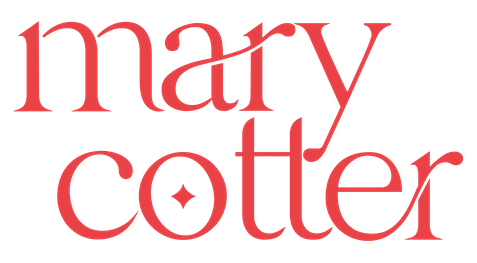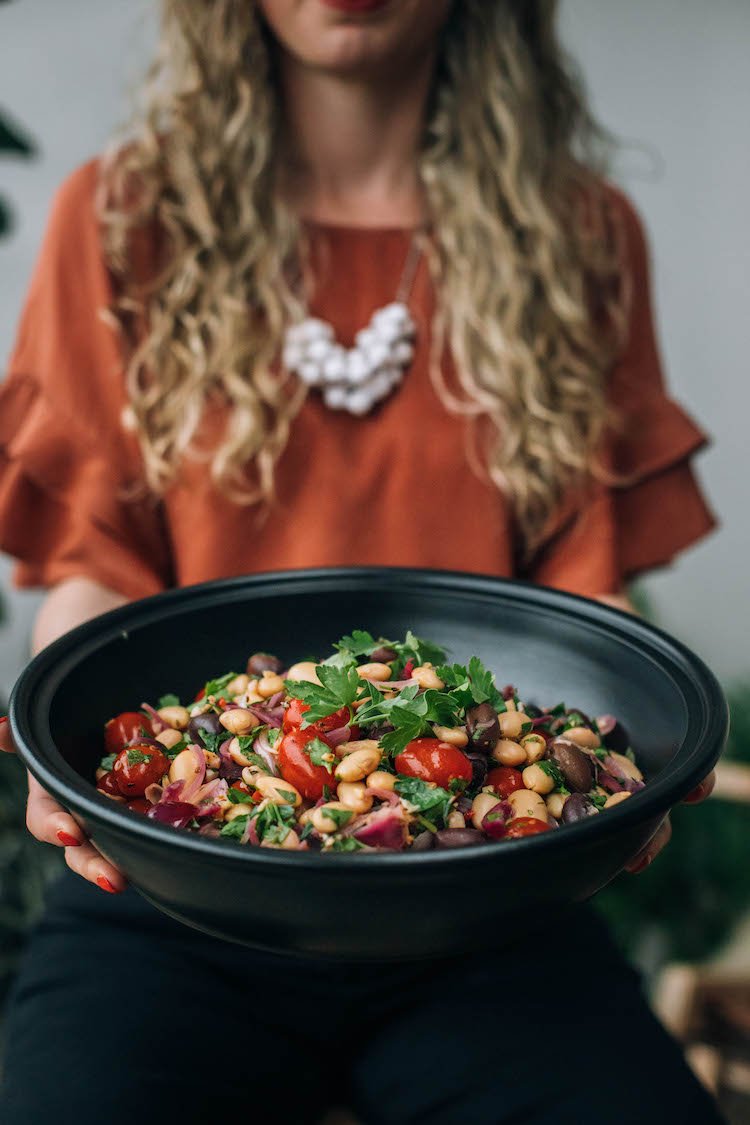UNDERSTANDING THE LOW-OXALATE DIET FOR INTERSTITIAL CYSTITIS (AND WHY I DON’T RECOMMEND IT).
IF YOU’RE LIVING WITH INTERSTITIAL CYSTITIS (IC) OR CHRONIC UTI’S,
you know how frustrating it can be trying to find something — anything — that brings relief.
It’s understandable to dive into different diets, like the low-oxalate diet, in hopes that cutting out certain foods will help heal your bladder pain. If you’ve found some relief from this approach, that’s great! But after years of working with IC sufferers and seeing what truly leads to long-lasting improvements, I want to share why I don’t typically recommend the low-oxalate diet for managing IC and chronic UTIs.
UNDERSTANDING THE LOW-OXALATE DIET IN IC
The low-oxalate diet is based on the idea that oxalates can accumulate and form crystals that irritate the bladder lining and potentially contribute to bladder stone formation, leading to symptoms like pain, urgency, or frequency. Reducing dietary oxalates might seem like a sensible approach to managing these symptoms on the surface.
However, the most effective way to lower oxalates in your urine isn’t by cutting out all oxalate-rich foods, but by increasing your intake of calcium rich foods.
Calcium from foods bind to oxalates in the intestines, allowing them to be excreted through your stool rather than being absorbed into your body and ending up in your bladder. This approach is more sustainable and lets you enjoy nutritious foods without unnecessary restriction.
“The most effective way to lower oxalates in your urine isn’t by cutting out all oxalate-rich foods, but by increasing your intake of calcium rich foods.”
THE DOWNSIDES OF A LOW-OXALATE DIET FOR INTERSTITIAL CYSTITIS
Avoiding oxalate-rich foods can be extremely restrictive and tough to stick to. Many high-oxalate foods are also incredibly nutritious, such as dark green leafy vegetables, almonds, beetroot, potatoes, whole grains, and rhubarb. These foods provide essential nutrients, including calcium and magnesium, and are important for overall health. Cutting them out can mean missing out on vital vitamins and minerals that your bladder needs to heal well.
THE REAL REASON YOU ARE STRUGGLING WITH IC AND CHRONIC UTIS
Here’s the thing… It’s really unlikely that you developed IC from eating too many oxalates. More likely, your IC was triggered by a mistreated UTI, which led to a bacterial imbalance, bladder inflammation, scar tissue, irritation, and a hyperactive pelvic floor. The focus should be on addressing these root causes rather than eliminating long lists of healthy foods from your diet and generating masses of food anxiety and fear. Plus, your liver naturally produces oxalates, so avoiding them completely is impossible.
HOW STRESS AND ANXIETY IMPACT INTERSTITIAL CYSTITIS SYMPTOMS
Worrying about every meal and constantly scanning your body for symptoms can cause significant stress. I have been there! This stress and hyper-vigilance can actually trigger bladder flare-ups.
Often, it’s not the food itself causing issues, but the anxiety and catastrophizing thought processes surrounding what we believe to be “safe” or “trigger” foods.
For example, you might fear acidic foods because you’ve been told they’re acidic to the bladder, but that’s not actually the case. If you’d like to learn more, check out our blog post here that explains why acidic foods aren’t acidic to the bladder and how this misconception may be holding you back from healing.
Taking steps to calm and relax your nervous system, managing stress and reducing anxiety can play a crucial role in alleviating IC and chronic UTI symptoms in the long term.
THERE IS ANOTHER WAY TO HEAL NATURALLY FROM IC AND CHRONIC UTIS
Instead of focusing solely on IC diets, and food elimination diets, consider a more holistic, root cause approach to healing. This could include:
Advanced screening that does not rely on cultures and broth cultures to help identify what’s really out of balance at a bacterial level. (Included in Heal your Bladder.
Anti-inflammatory, anti-microbial diet: Incorporating anti-inflammatory and anti-microbial foods such as garlic, ginger, herbs, blueberries and omega-3 rich foods can help reduce inflammation in your body.
Targeted probiotics: The right strains can help restore a healthy balance of bacteria and yeasts in your urinary, vaginal and gut microbiome. The emphasis here is on targeted so choose wisely.
Repair and support the health of your bladder’s mucosal lining.
Replenish your gut health, particularly post antibiotics, and encourage the growth of friendly oxalate-degrading bacteria.
Pelvic floor physical therapy: Working with a specialist female health pelvic floor physio can help address hyperactivity in the pelvic floor muscles, which is often a significant factor in IC and chronic UTIs. Choose a physio with additional training in painful bladder conditions (not to be confused with an incontinence or Mummy MOT pelvic floor specialist).
Mindfulness and Relaxation Techniques: Practices such as somatic or hatha yoga, guided bladder healing meditations, and deep breathing exercises can help manage stress and reduce the impact of physical and emotional stress on bladder pain.
Thought substitution. Replace old negative thought patterns you tell yourself on repeat, eg “X food flares my bladder” to positive messages reinforcing the belief you can (and are) healing from IC, eg. “X food restores balance in my bladder”. “It is safe for me to eat X food”.
This is exactly what we guide our clients toward in the Heal Your Bladder programme. If you’re curious whether it could work for you, just hear from Caroline and Sarah, who both found lasting relief after years of struggle. Their stories are proof that real, long-term change is possible.
“Worrying about every meal and constantly scanning your body for symptoms can cause significant stress.”
THE TRUTH ABOUT HEALING FROM IC NATURALLY
The answer to finding freedom from IC and chronic UTIs is rarely about cutting out a long list of foods, despite what many IC blogs and chronic UTI groups may suggest. Nutrition is never this black and white.
We need to consider how food is metabolised in the body. Once our food gets digested and absorbed, it doesn’t go straight to our bladder - it gets processed by the liver, then the blood, and finally the kidneys and onwards to urine. Can you start to see how complex digestion is and that food is not something to fear when healing from IC and chronic UTIs?
The Heal your Bladder programme is not about demonising food. We see food as your powerful ally. It’s possible that you could be experiencing an intolerance to some foods. However, what we usually see with our clients is that by addressing the underlying imbalances and the environment the food is going into, most of these foods can be enjoyed freely and actually move the needle forwards.
FIND THE FREEDOM TO LOVE LIFE AGAIN
Our goal is to guide you on the path to freedom, reduce your pain, and release you from the constant worries about bladder pain.
Ready to take a serious step towards addressing your bladder pain? Discover the Heal Your Bladder programme and see how this whole body root cause approach could be your breakthrough.
Don’t wait any longer – your journey to long lasting relief starts here.
Free Download
Get your FREE guide on how to heal your bladder with food!




